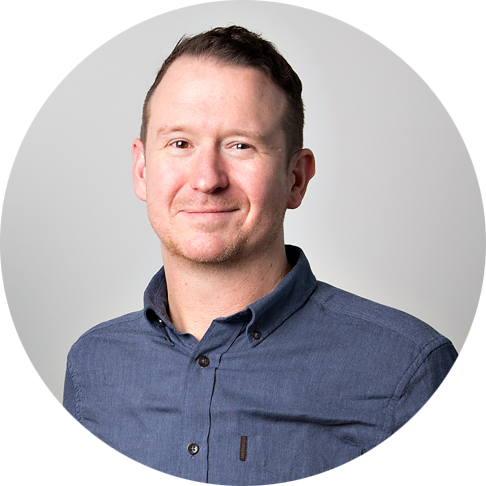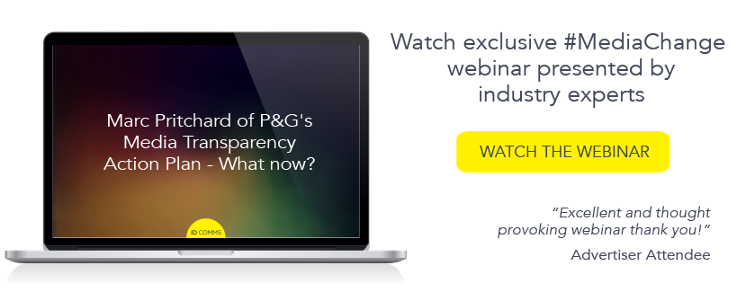Not everyone has billions of ad dollars with which to drive change across the digital landscape but all brands can embark on the same journey as P&G.
An American president once said “speak softly and carry a big stick”. Marc Pritchard did exactly that at the IAB in the US recently.
Holding out the prospect that digital media owners might lose their slice of P&G’s annual budget, he said it was time to clean up the “crappy media supply chain” of digital.
Specifically, he outlined four key demands: to adopt a single viewability standard, to offer third party measurement verification, review and develop better contracts and prevent ad fraud.
If he didn’t get them then he and P&G would “vote with our ad dollars”.
Even P&G, however, recognises that this can’t happen overnight. Pritchard gave the company until the end of the year to have all these items ticked off.
Clearly this is a big task even for a company the size of P&G. Most other companies will have a fraction of the resources (although often less complexity in their media arrangements too) that the world’s leading package goods company can bring to bear.
Nevertheless, it’s vital that all brands start the same journey if they want to make media as powerful as it can be as a driver of business growth.
The good news is that all companies will benefit from the pressure that P&G brings to bear – Facebook and Google for example have already taken steps to open up their walled gardens to greater scrutiny.
The rest of the to do list, however, requires works on the part of each individual company, marketing and procurement team.
This is a big task so the key is to break it down into achievable chunks. We recommend that brands take a two-weeks, two-months and two-years schedule so that the processes and alignments that need to happen can be focused on at the right time.
In the first two weeks, the priority should be to create benchmarks. That means understanding where your company is now and how that compares to P&G’s route plan.
This exercise should give you the benchmarks you need to create an action plan to transform your company.
The next stage is the two month actions. This is when you identify both the internal and external stakeholders who will need to embrace the changes you have identified in your action plan.
The challenge will then to be align groups such as procurement and your media agency, auditors and key vendors, with the journey that you have now embarked on. Once this is done you can present your proposal to the management team
The final part of the transformation is the two-year plan – although there may well be key staging posts along the way. This is where the real changes will start to feed through and add value to your media efforts.
Brands need to create and build their internal media community to give them knowledge and control, revamp their strategic approach to view media as an investment rather than a cost and to align their supply chain with business success.
These are all big jobs. Revamping contracts for example, is critical to ensure that the agency is acting as an agent rather than principle. P&G’s key contractual terms are that funds should only be used for media payment, all rebates need to be disclosed and returned and that all transactions need to be audited.
Preventing ad fraud is equally challenging. P&G’s solution is to insist that everyone in its supply chain is TAG registered. TAG is currently US only although it is meant to roll out in France later this year, but also offers a way of checking that digital partners are legitimate.
TAG is designed to offer protection against bot or non-human traffic, keep brand messages on sites that meet brand standards and provides an IT route map to help combat malware, essential moves for brands that want to be safe online.
This is a long-term process but brands that don’t start the journey will never complete it. It’s also a process that needs a leader, someone with direct responsibility for keeping things moving.
That ensures that you don’t speak so softly that no one internally or externally will hear you. It will also allow you to weaponise your big stick – your ad budget. No media owner wants to lose a client, whatever their budget, and you should leverage that advantage every day.






COMMENTS